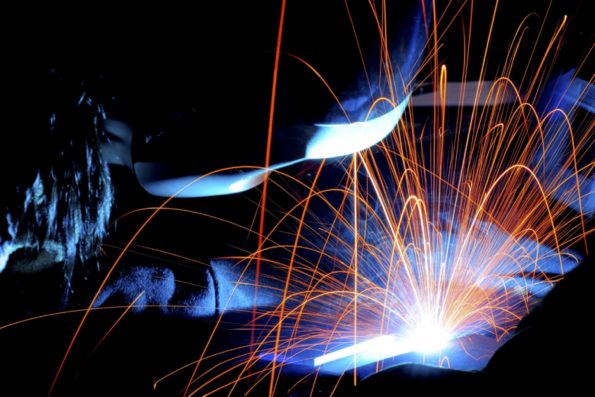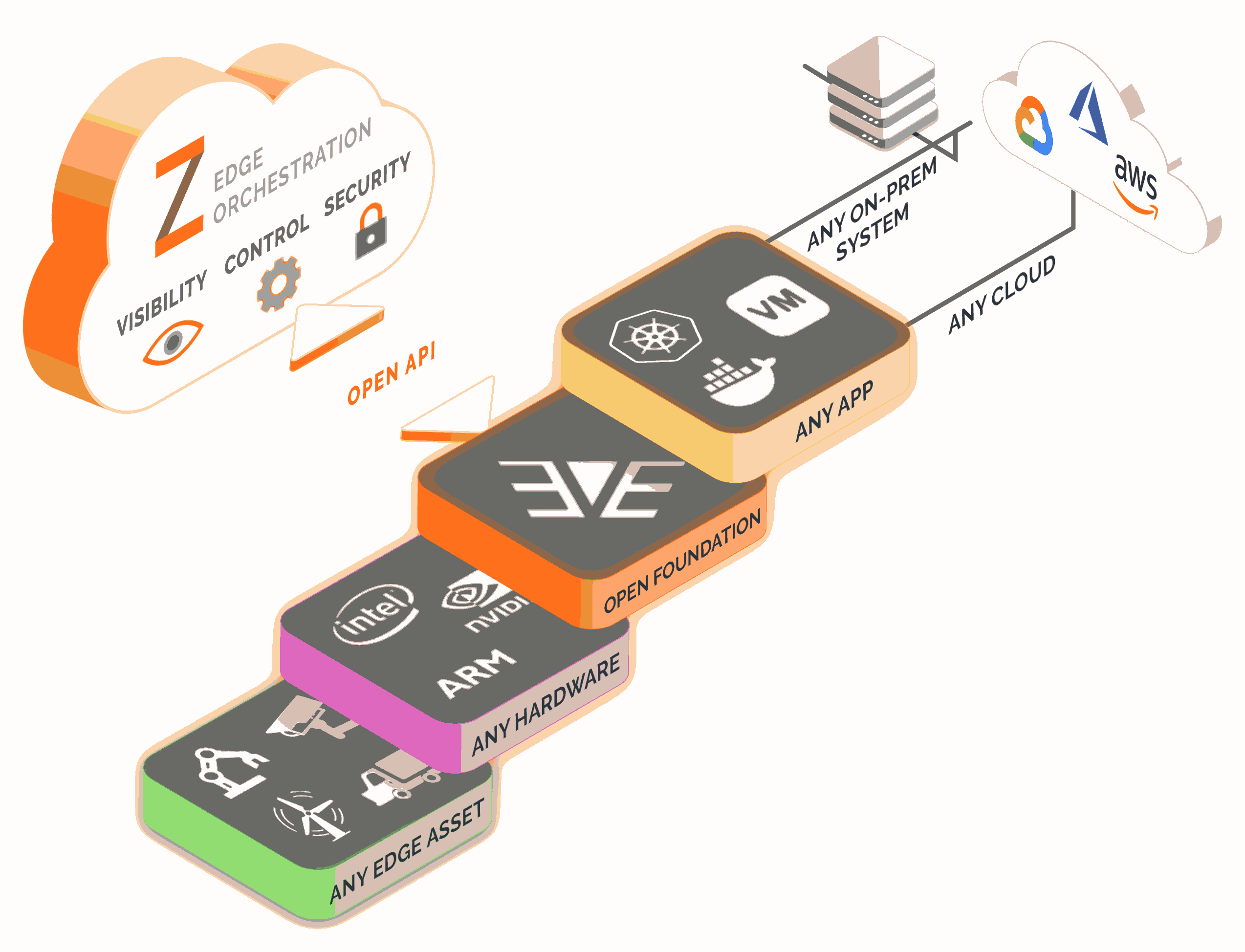[ad_1]
![]() This article first appeared in West Point’s Modern War Institute.
This article first appeared in West Point’s Modern War Institute.
We just completed the seventh week of our new national security class at Stanford – Technology, Innovation and Great Power Competition. Joe Felter, Raj Shah and I designed the class to cover how technology will shape the character and employment of all instruments of national power.
In class 1, we learned that national power is the sum of all the resources available to a state to pursue its national objectives and interests. This power is wielded through a combination of a country’s diplomacy, information, its military capabilities, economic strength, finance, intelligence, and law enforcement. These instruments of national power employed in a “whole government approach” to advance a state’s interests are known by the acronym DIME-FIL.
Class 2 focused on China, the US’s primary great power competitor. China is using all elements of its national power, eg information / intelligence, its military might and economic strength as well as exploiting Western finance and technology. China’s goal is to challenge and overturn the US-led liberal international order and replace it with its own neo-totalitarian model where China emerges as the dominant regional and global power.
The third class focused on Russia, which since 2014 has asserted itself as a competing great power. We learned how Russia pursues security and economic interests in parallel with its ideological aims.
The fourth class shifted our focus to the impact commercial technologies have on the instruments of national power (DIME-FIL). The first technology we examined was semiconductors, and the US dependence on TSMC in Taiwan, for its most advanced logic chips.
In the fifth class we examined the impact that AI and Machine Learning will continue to have on the capabilities and employment of DIME-FIL.
In class six we discussed unmanned systems and autonomy and how the advent of these weapons will change operational concepts and the face of war.
Today’s class: The Second Space Age: Great Power Competition in Space.
Catch up with the class by reading our intro to the class, and summaries of Classes 1, 2, 3, 4, 5 and 6
 Required readings
Required readings
The Cold War: Space Race 1.0
Space as a Domain
Age of Great Power Competition: Space Race 2.0
- William J. Broad, “How Space Became the Next ‘Great Power’ Contest Between the US and China” New York Times, Jan. 24, 2021.
- Luke Harding, “The Space Race is Back On — But Who Will Win?” Guardian, July 16, 2021.
- Tim Harford, “The CubeSat Revolution Changing the Way We See the World” BBC News, July 17, 2019.
- Alexander Bowe, “China’s Pursuit of Space Power Status and Implications for the United States” US-China Economic and Security Review Commission, Apr. 11, 2019.
- Greg Autry & Steve Kwast, “America is Losing the Second Space Race to China” Foreign Policy, Aug. 22, 2019.
America’s Space Forces
- Defense Primer: The United States Space Force Congressional Research Service
- “What’s With All the US Space-Related Agencies” US Department of Defense, Dec. 14, 2020.
- Bryan Bender, “What the Space Force Is, and Isn’t” Politico, Feb. 03, 2021.
- John W. Raymond, “How We’re Building a 21st-Century Space Force” The Atlantic, Dec. 20, 2020.
- United States Space Force U.S. Department of Defense, Feb. 2019.
- DOD Space Strategy, US Department of Defense, 2021.
Space Threats & Non-State Actors
- Harsh Vasani, “How China Is Weaponizing Outer Space” The Diplomat, Jan. 19, 2017.
- Hanneke Weitering, “Russia Has Launched an Anti-Satellite Missile Test, US Space Command Says” Space.com, Dec. 16, 2020
- Andre Kwok, “The Growing Threat of Cybercrime in the Space Domain” East Asia Forum, Sept. 9, 2021.
Reading Assignment Questions
Pick one of the below questions and answer in approximately 100 words, based on the required readings.
- Describe America’s space assets and the role of the US Space Force in protecting and employing those assets. As the US Space Force continues to develop, what changes in strategy and / or addition to its portfolio of responsibilities would you recommend?
- What is the greatest current threat to US interests in space? What recommendations would you have for the US and its partners to mitigate that threat?
Class 7 – Guest Speaker
Our guest speaker was General John Raymond, Chief of Space Operations. He is the first Chief of Space Operations, US Space Force. Space Force has three major commands – Space Operations Command, Space Systems Command, and Space Training and Readiness Command.
The Space Force was born as a separate service in December 2019. Previously General Raymond led re-establishment of US Space Command as 11th US combatant command, and was for a year the head of both a service (Space Force) and a combatant command ( Space Command).
Raymond said a focus for the Space Force is being lean and fast, innovative and unified.
Space was once considered “benign,” largely uninhabited except by the United States and Russia and the Soviet Union. Today it is far more crowded and dangerous. Raymond pointed out that the ability to operate in space is critical not only to protect US security, but also to power the US and global economy, communications, transportation and other essential functions of everyday life.
“Space is clearly a warfighting domain and we’re convinced that if deterrence were to fail, we’re going to have to fight and win the battle for space superiority,” he said.
Lecture 7
If you can’t see the lecture 7 slides click here.
Next Week: Cyber
Lessons Learned
- Our military depends on our assets in space (satellites) for communication, navigation, situational awareness (via photo, radar and electronic intelligence satellites) warning and targeting
- Our civilian economy also depends on space assets for GPS and communication
- Space is now a contested environment with China and Russia capable of disabling / destroying our satellites
- Using directed energy (lasers), cyber, electronic warfare, ground or space-based kinetic weapons

Filed under: Technology Innovation and Modern War and Great Power Competition |
[ad_2]
Source link

